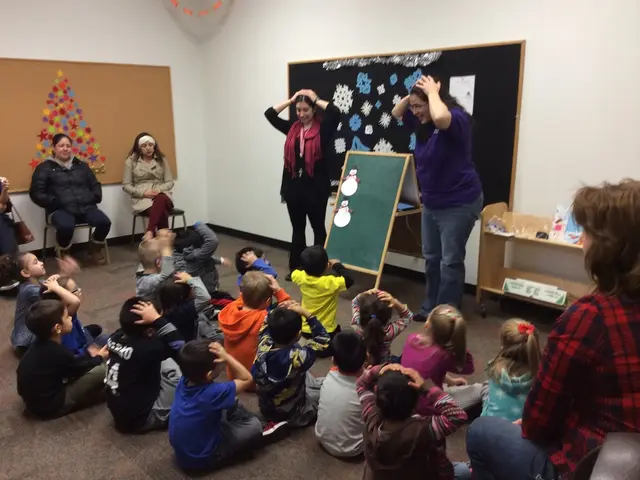Age Shapes the Online Search Landscape: An Analysis of Users Across Generations
Investigating the Impact of Age on Online Browsing Habits: Location and Search Strategies
In today's digital age, where information is just a couple of clicks away, it's interesting to see how different age groups approach online searches and navigate the vast digital landscape. Here is a study of the search habits and preferences of users across various generations, focusing on age as a determining factor in shaping their online behaviors.
Younger users, such as Generation Z and younger Millennials, tend to use multiple search channels, including visually-driven platforms and social media. They are early adopters of AI technology, familiarizing themselves with AI-powered tools and technologies in their daily digital routines. Visual content and social discovery are their preferred methods for finding products and information, making them comfortable with a swift, vibrant digital environment.
On the other hand, Millennials (ages 27-42) lean towards a blend of traditional search engines and newer technologies, with AI primarily utilized for informational and professional purposes. They commonly utilize voice search, favoring omnichannel accessibility—expecting seamless transitions across devices and channels while shopping or searching for information.
Generation X users—individuals aged 43 to 58—primarily use traditional search engines but incrementally adopt AI tools for content creation. Comfortable with both digital and traditional content methods, they blend old and new habits in their information search.
Baby Boomers (ages 59-76) heavily rely on traditional search engines but gradually incorporate voice search into their digital routines. These users place significant emphasis on personal engagement and local retail experiences compared to their younger counterparts, who strongly prefer seamless digital experiences and omnichannel access [2][5].
Key findings from the data include increased AI adoption across generations, especially among younger age groups. Younger users are more likely to use several search channels, while older users rely more on traditional search engines and voice search technology. Consumer behavior also shifts with age, with younger generations favoring seamless digital experiences and omnichannel access, while older users value personal engagement and local retail experiences [2][5].
To understand the implications of these findings, it is essential for businesses and website operators to consider age as a critical factor when developing strategies for content creation, adopting AI tools, and designing platforms for information search. Understanding the unique preferences and behaviors of users across different age groups can lead to personalized, tailored experiences that better cater to the needs and expectations of a broader audience [2][5].
By understanding and accommodating these variations in search habits, businesses and digital content creators can offer an inclusive online environment that resonates with users at every stage of life.
In the realm of education-and-self-development, younger generations like Generation Z and younger Millennials engage technology extensively by incorporating AI-powered tools and technologies into their daily learning routines, creating a more adaptive and vibrant digital ecosystem for education. On the contrary, older generations, such as Gen X and Baby Boomers, exhibit a progression towards technology integration, utilizing it for content creation and voice search technology, respectively, adapting to a more connected and convenient learning landscape.





